)
Strategic Lighting for Attendees' Well-being
Both natural lighting and circadian lighting can help boost productivity at meetings
“A room is not a room without natural light.” That bold statement comes from renowned American architect Louis Kahn, whose 50s-era worldwide creations include everything from art galleries to synagogues. Kahn’s ode to natural light went beyond aesthetics, as the benefits of natural light are practical as well, whether in a cultural institution, at home or in a meeting room.
There has been extensive research on lighting and how it affects people’s performance and functionality. That mid-day energy crash during an all-day meeting it turns out can have more to do with meeting room lighting than lack of caffeine. But lighting is often an overlooked element in planning for attendees’ well-being.
Fortunately, planners can now get the tools they need to design attendee-centric wellness meetings with the Delos Wellness Certificate for Meetings and Events. This program is designed to educate meeting professionals on how to host healthier meetings and provides meetings professionals the opportunity to exceed guest expectations, optimize the well-being of their attendees, and improve the human experience at events across elements such as Air, Water, Light, Nourishment and more.
The Science of Lighting
Sitting indoors all day in meetings without access to natural light can affect a person’s internal clock that dictates natural processes like when to sleep and wake, called a circadian rhythm. Lack of access to natural light can disrupt a person’s circadian rhythm, resulting in decreased energy and a reduced attention span.
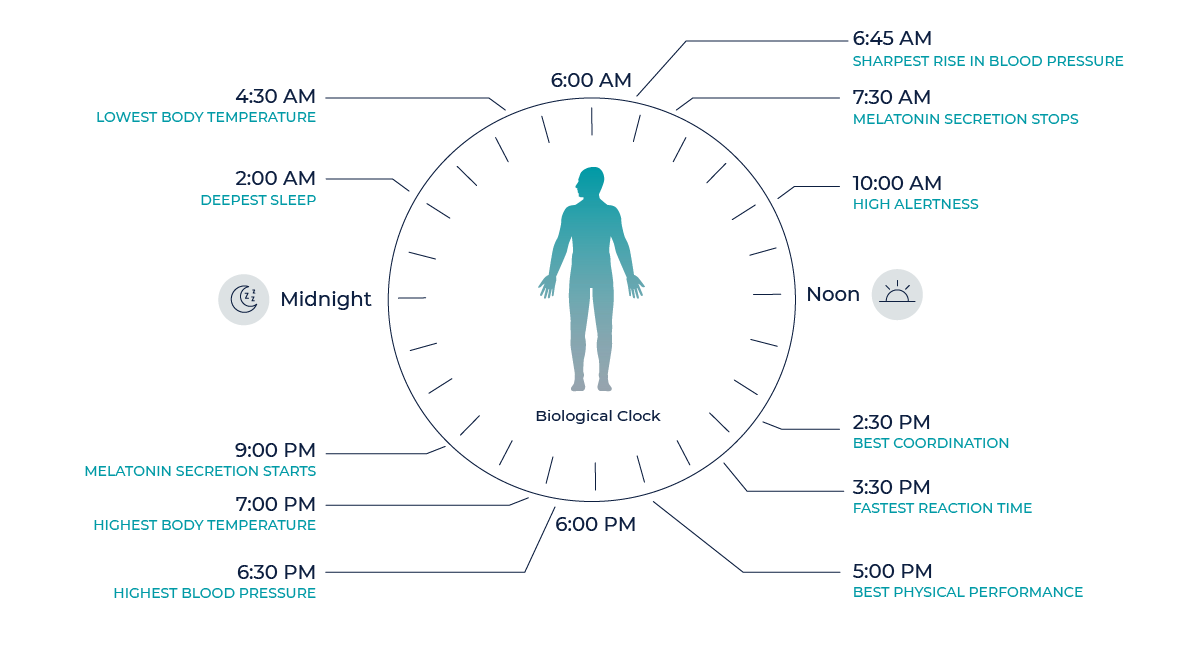
In fact, exposure to light and dark patterns are some of the main cues for the body to produce hormones that prepare a person for daytime activity (cortisol and serotonin), or for sleep (melatonin). There is also evidence that lighting can impact performance and productivity, according to studies conducted by the Well Living Lab, a partnership between Delos, a company dedicated to programs and solutions that transform indoor environments for improved health and wellness, and Mayo Clinic.
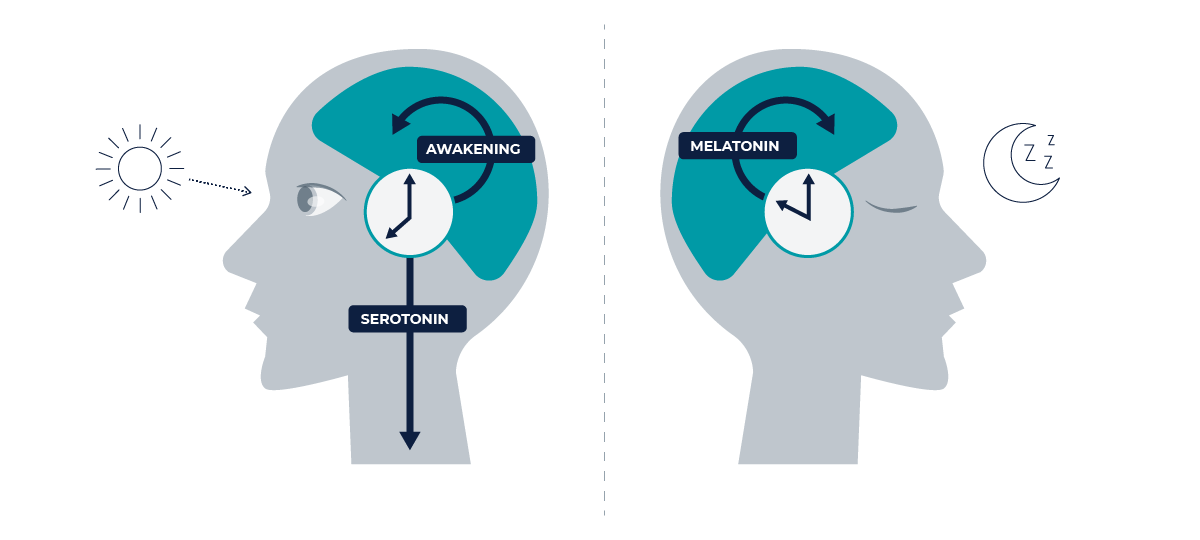
A recent trend in blue-light blocking glasses was prompted by the proven effects of the eye’s exposure to blue light. Blue light exposure in the morning entrains the human sleep-wake cycle to synchronize with the 24-hour solar day, thereby encouraging sleep to occur at the optimal time of day. But blue light, or bright light, exposure at night can become highly disruptive to sleep, according to a study by the Well Living Lab, the first lab exclusively committed to researching the real-world impact of indoor environments on health and well-being.
So what does this mean for meetings?
Many meetings feature evening events or sessions that may end up disrupting sleep patterns and make for an even less productive following day. The meeting room lighting can also be a challenge to control, and most planners don’t have the time or bandwidth to take on the task of regulating light settings.
Ensuring not only the timing of meetings, but proper light exposure at the right times, can positively impact attendees’ circadian rhythms, and therefore their productivity and performance.
Read on for strategies to optimize light exposure in your meeting environments.
Optimal Indoor Lighting
To keep meeting attendees alert throughout the day, indoor lighting can be manipulated, with an emphasis on intensity and spectrum, according to Shengliang (Daniel) Rong, Senior Director at Delos Labs. Daytime intensity should be high and the color spectrum geared toward the shorter wavelength (blue-enriched light). “It gives you a more energizing effect,” Rong explained. “Toward the night, after sunset, following the natural rhythm of our body, our lighting should be lower in intensity and color temperature, providing dimmer, warm-colored lighting to help support the circadian rhythm and promote better sleep.”
MGM Resorts International partnered with Delos in 2012 to bring Delos' Stay Well program to a subset of guest rooms. Stay Well room features include light elements such as a dawn simulation to gently wake guests, the use of energizing light to suppress melatonin and reduce jet lag, and subtle night lighting to minimize sleep disruption.
Two years later, MGM expanded that partnership to include its meeting rooms. Created by Delos, the Stay Well Meetings program is designed to help meeting spaces optimize the well-being and productivity of attendees through lighting, among other health and wellness features, while complementing the existing Stay Well room and suite experience.
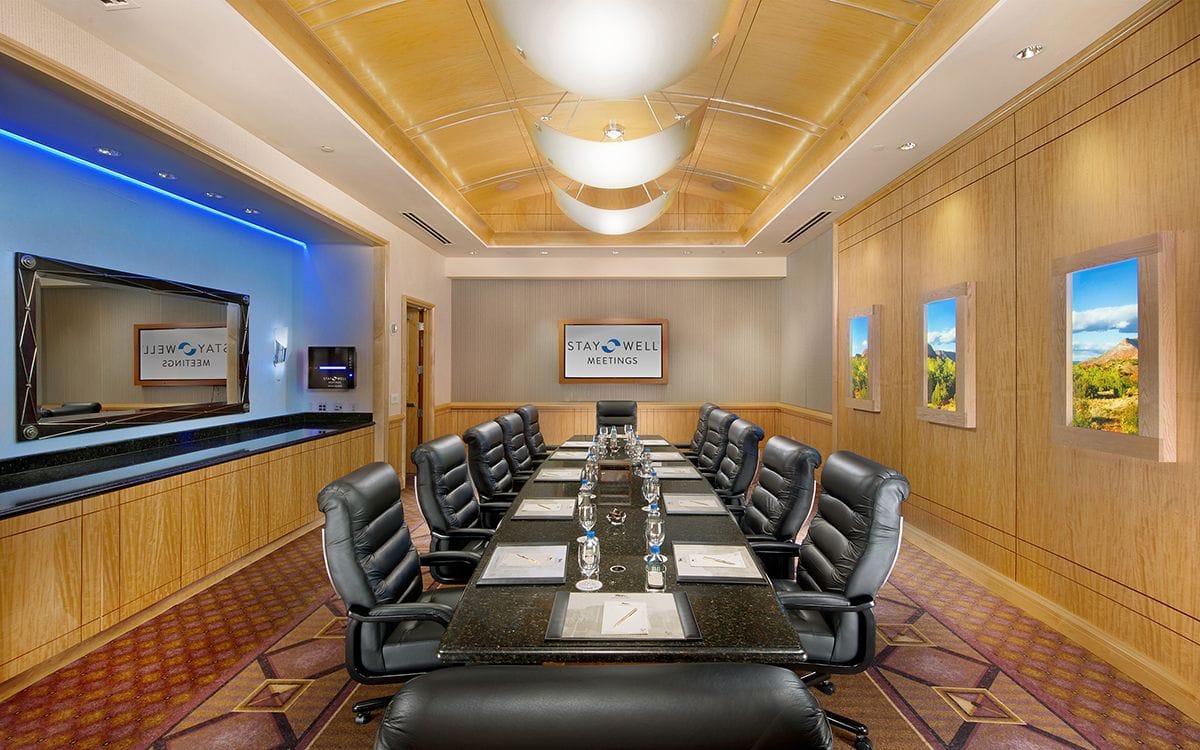
MGM Grand Stay Well Meeting Room
The science behind achieving optimal indoor lighting for different occasions is based on a number of factors, including the age of attendees, size of the room and even a person’s eye color. “Sometimes the human factor is overlooked, but that research has been starting to emerge over the past 20 years,” Rong explained.
Circadian lighting will also be different depending on the time of day and location, as well as the time of year. “Using a color-changing system is much more common now than when we started to work with MGM years ago,” Rong said.
Lighting designers can configure a color-changing lighting system, and by using an app for its wireless lighting system, the light environment can be tweaked and personalized post-installation. Planners or meeting hosts can create a recipe of presets based on the attendees’ needs during an event using a color-changing lighting system. “They can prescribe ambient lighting to a day mode for older people to energize, or a night mode for younger people to relax, or even customize the decorative lighting to match the theme color of an event or company,” Rong said.
The Benefits of Natural Light
As much as circadian lighting aims to replicate natural outdoor light, mirroring the brightness and color of sunlight throughout the day, there is nothing that can compare to natural light. According to the Sleep Foundation, exposure to natural sunlight, especially early in the day, helps to reinforce the strongest circadian cue. They recommend seeking out the sun in order to help maintain healthy circadian rhythms.
According to the study, “The Impact of Optimized Daylight and Views on the Sleep Duration and Cognitive Performance of Office Workers,” in addition to daylight, views to the outdoors have been shown to offer psychological and health benefits.
“No artificial light source is better than natural light, with respect to stimulating the circadian system during the day,” Rong said.
Studies have shown that office workers who have access to natural light performed between 10 percent and 25 percent better on tests of mental function and memory recall. On the other hand, those with poor views, or no view at all, reported increases in fatigue and decreases in overall speed of performance. The effects on attendees at a meeting would fall into a similar category since many meeting spaces are enclosed, which makes access to natural light a challenge. People have increased drowsiness and stress, as well as reduced cognitive function when working in windowless or underground environments.
For planners who cannot manipulate their indoor lighting, Rong has a few suggestions. “Make sure people are not kept in a dark room for prolonged periods of time, particularly in the earlier part of the day. Give them some time to get access to light.”
Rong noted, “A good way to do something to benefit the circadian rhythm is to host lunch outdoors, or when there is a meeting break, in order to give time for everyone to go outdoors. Melatonin secretion can go up slightly during the afternoon, so it is good to experience natural light during a break session. Access to natural light and access to natural views will help train the circadian rhythm.” He also added to avoid bright light at night after sunset to maintain a clear light and dark contrast between day and night.
Ideally, meeting or event space should take advantage of natural light and outdoor views. The following is just a taste of some of the natural light options offered in a variety of ALHI properties worldwide.
5 Stunning Meeting Spaces with Natural Light

Atlantis Paradise Island, The Bahamas
Attendees at Atlantis Paradise Island can experience the depths of the ocean and picture-perfect views of blue skies and palm trees all in the same space. The Great Hall of Waters meeting space offers a two-level open floor plan with the bottom section looking out on Atlantis’ marine life and the upper section filled with natural light and access to a wrap-around outdoor deck. For events, Fathoms also features dual views of the lagoon and Bahamian sunshine. The property’s Cove Boardroom floods its meeting space with natural light and palm tree views.
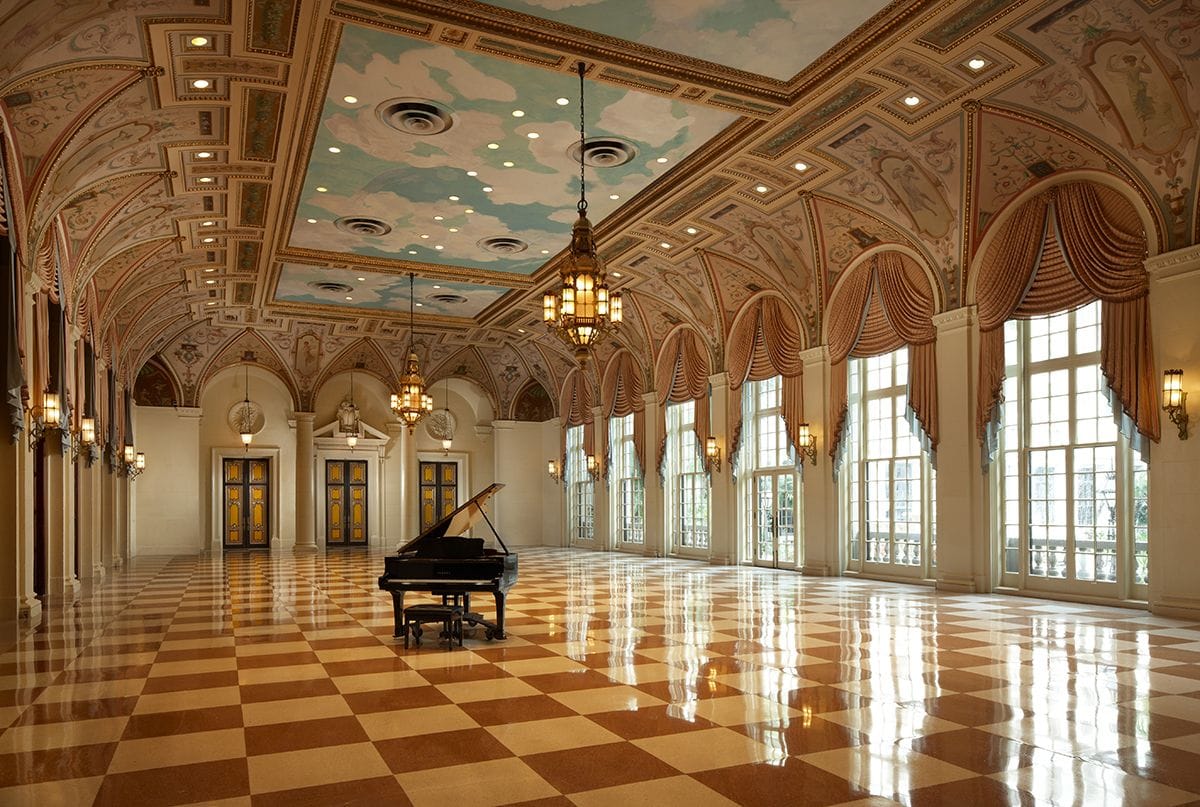
The Breakers Palm Beach, Fla.
The Mediterranean Ballroom at The Breakers blends a fresco-painted ceiling portraying the sky with 15-foot arched windows looking out onto the real thing. The windows connect directly onto the Mediterranean Courtyard offering groups an indoor/outdoor space for meetings and events. Natural light beams onto the ballroom’s Venetian-style chandeliers and Italian villa-like setting. Measuring more than 6,100 square feet, the ballroom can host everything from meetings to cocktail parties, while the courtyard is a prime setting for al fresco receptions or meeting breaks.

1440 Multiversity, Scotts Valley, Calif.
Set in California’s Santa Cruz Mountains, The Sanctuary at 1440 Multiversity--a nonprofit learning campus that also hosts meetings--boasts floor-to-ceiling windows with views of the redwoods. Formerly a place of worship, The Sanctuary is perched above the Bridge of Intentions, and can now host everything from private dinners for groups to classroom-style lectures for up to 200. Natural light pours through the floor-to-ceiling windows in this serene space, making it also an ideal spot for a pre-meeting yoga class. Attendees can take meeting breaks outside on The Sanctuary’s patio. There is professional lighting available for evening events.
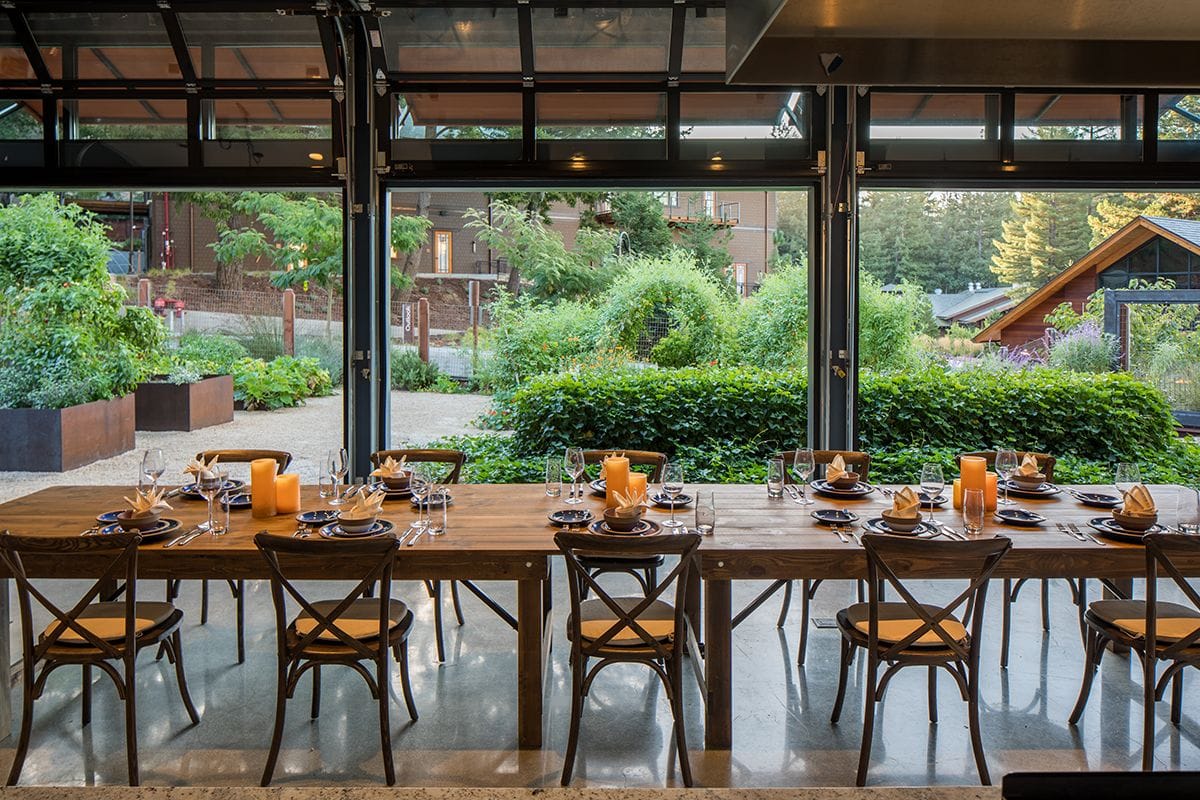
Also part of the campus, the 1440 Teaching Kitchen, located in Joanie’s Garden, offers teambuilding through creative, hands-on culinary and wine-blending events in a chef's kitchen and working garden. The space is filled with natural light and also features roll-up window walls that transform it into an open-air kitchen leading into an edible garden filled with herbs, flowers, and fruits and vegetables. The Teaching Kitchen can be used for private dinners and receptions for up to 60.

Kempinski Hotel Adriatic Istria Croatia
The Marina Conference Centre at Kempinski Hotel Adriatic not only shines with an abundance of natural daylight, its variety of meeting spaces and event venues feature windows looking straight out at the Adriatic Sea. Its Silvium Ballroom is an open space venue with a direct view of the property’s private beach, and can be used for meetings and events for up to 237 people attendees. Meanwhile, the Stina Boardroom can accommodate smaller meetings for up to 65 people and also looks out on the private beach and surrounding coastline. Both venues can be set up in banquet, cocktail, classroom and theater styles.
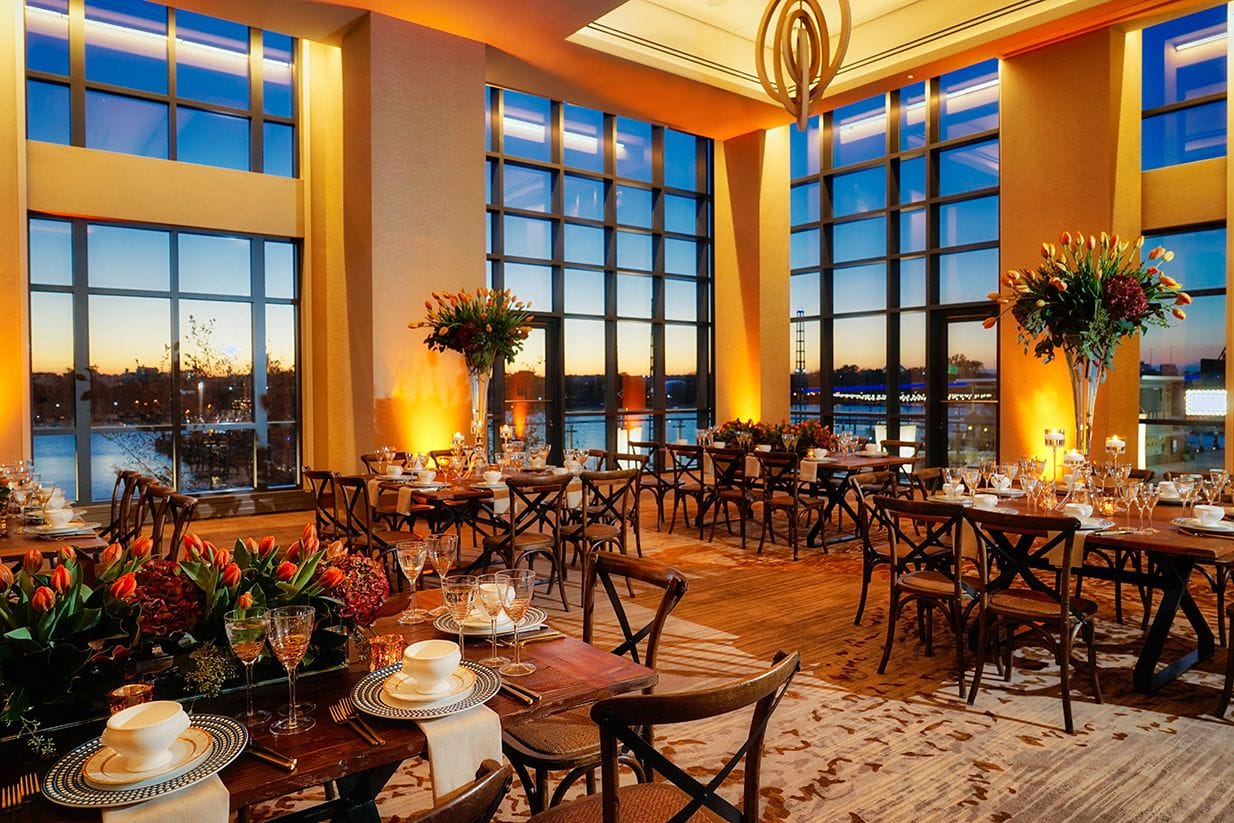
InterContinental Washington DC The Wharf
Located on the hotel's second floor, the Waterside Ballroom features windows overlooking the Potomac River. The space can seat up to 660 guests theatre-style, and can accommodate board meetings, conferences and a variety of events. Aside from the abundance of natural light streaming in through the windows, the lighting in the room is adjustable, for both day and night settings.

)
)
)
)
)
)
)
)
)
)
